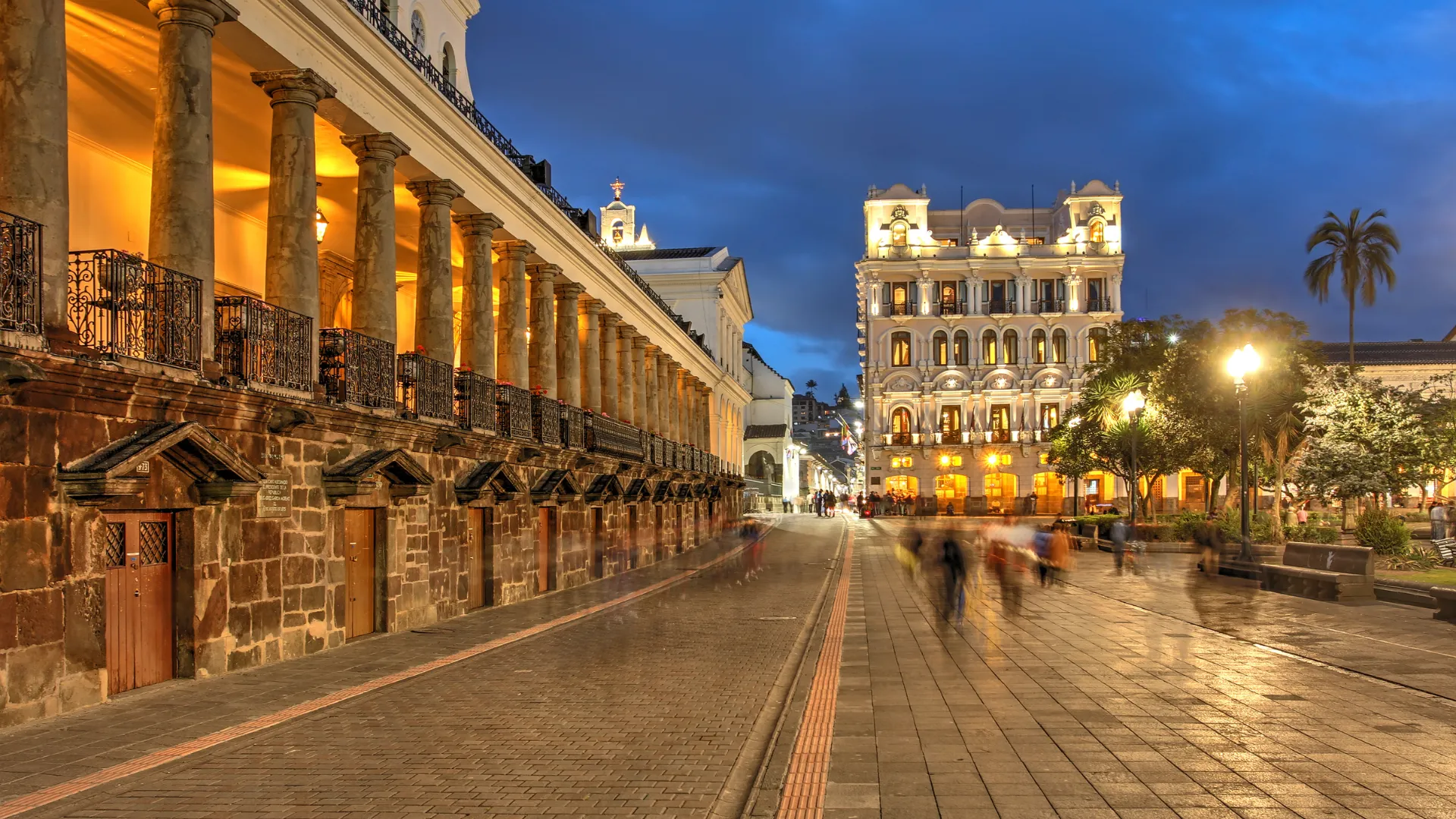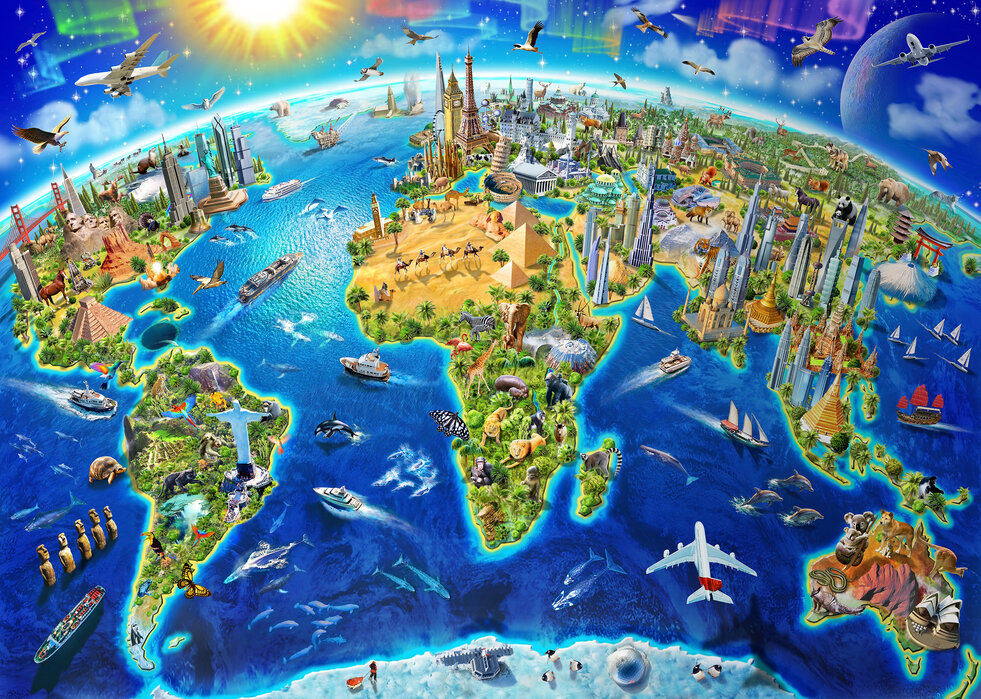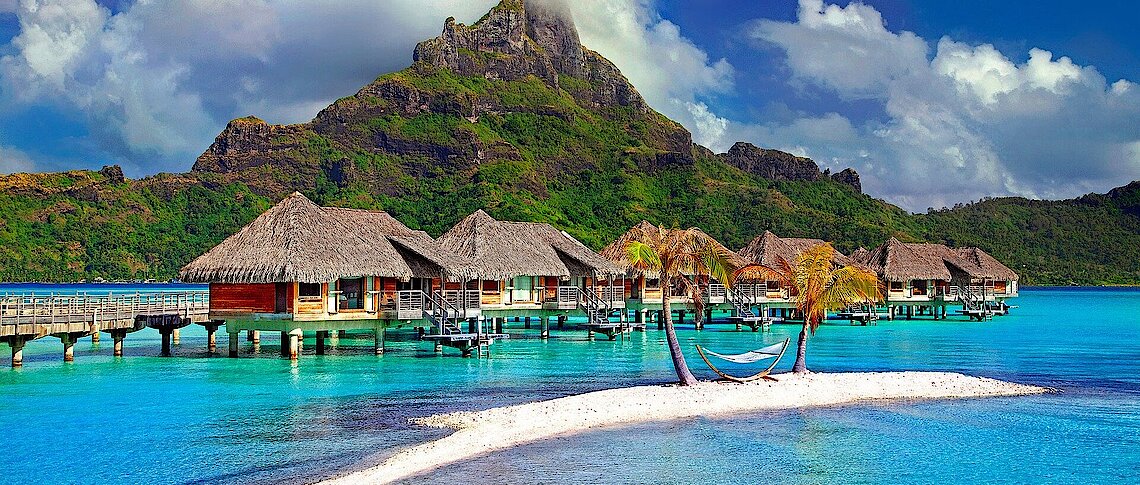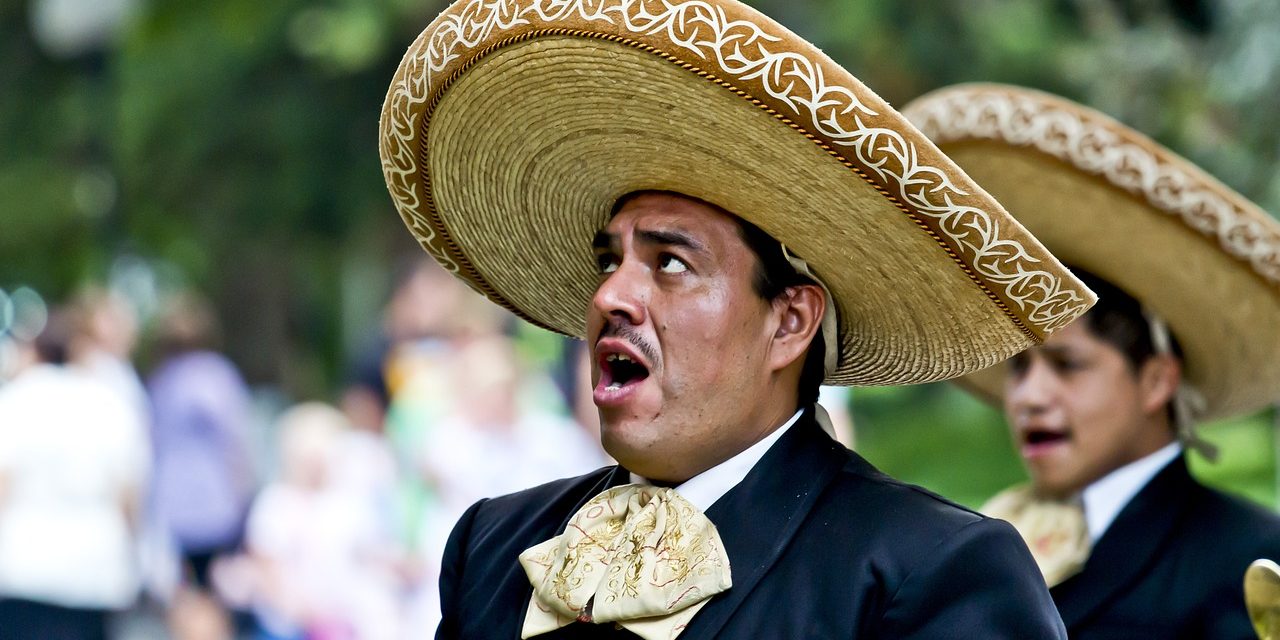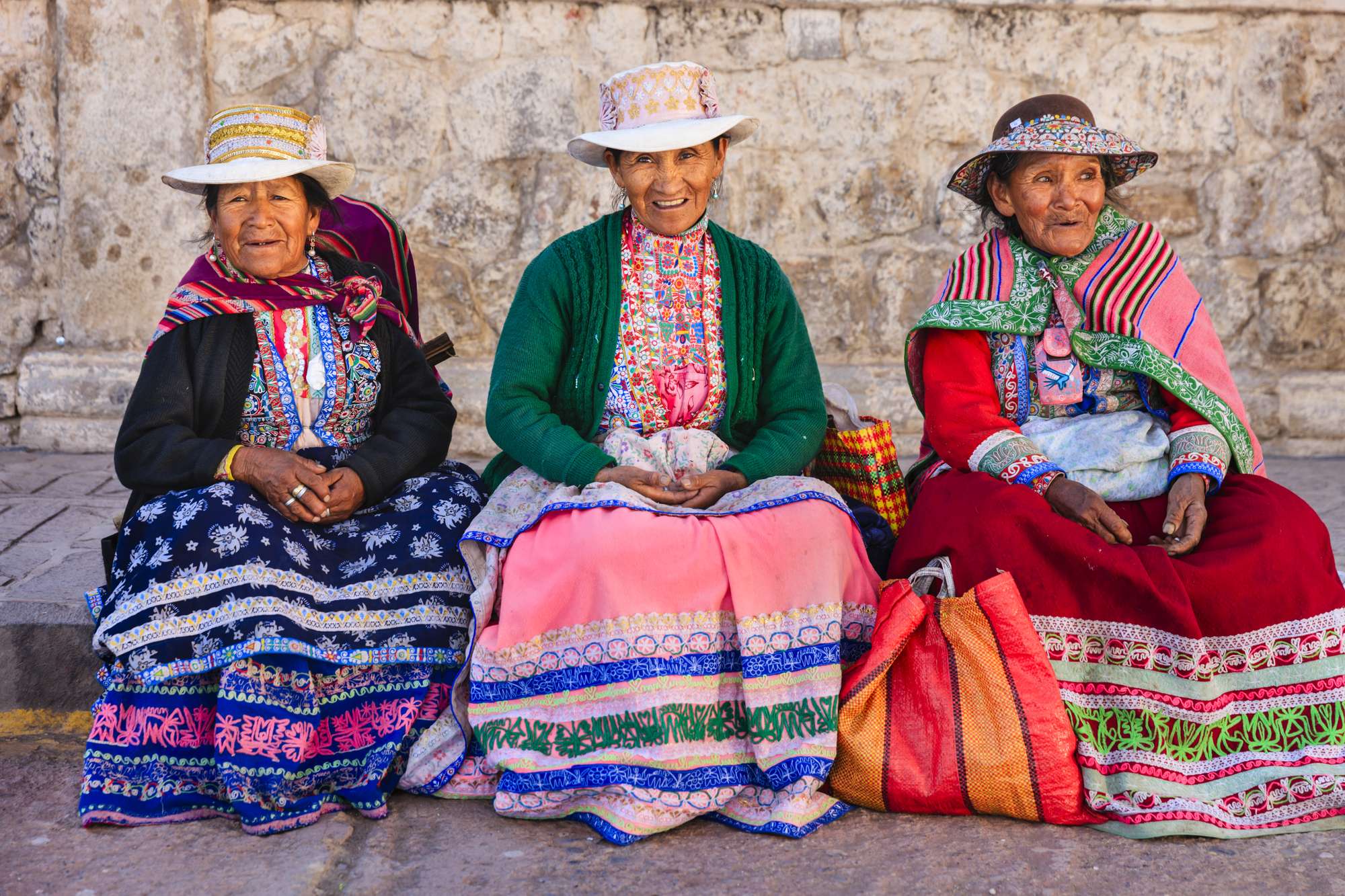Argentina is the Latin American country with the most Nobel Prizes, for a total of five, all obtained during the second half of the twentieth century. The country has three Nobel prizes in science and two of peace. The most important aspects of science and technology in Argentina are concerned with medicine, nuclear physics, biotechnology, nanotechnology, space and rocket technology and several fields related to the country’s Main Economic Activities. The country also has the mega exhibition center of science, technology, industry and art that are Latin America’s largest.
But, what do you know about the Argentinians (Argentines or Argentineans) ? Well, I know that they’re not humble, love dancing tango, they are soccer passioned and Argentinian women are pretty and hot.
The most important people there are: Maradonna, Lionel Messi and now the Pope Francisco Bergoglio.
Argentina, as a nation, is not overly concerned with being politically correct. If you have been there long enough, you start to realize that generalizing and categorizing are part of daily life in Buenos Aires. Although some may disagree, on occasion stereotypes are important generalizations, and it is only by generalizing the specifics of the world that human beings can continue to have constructive conversations.
 Lionel Messi and Diego Armando Maradona, the only argentians known
Lionel Messi and Diego Armando Maradona, the only argentians known
Of course, stereotypes aren’t always true (sometimes quite the opposite) or helpful. But it is a fact that they are there. Sometimes they can even be funny, especially if accepted by the nation itself.
Most Argentinians look like italians or spanish but the stereotype is a guy that eats all day long meat, drinks a lot of mate and knows how to dance tango, but the reality is that now a days although we eat a lot of meat and drink some mate ,almost none of argentinians dance tango.
In general people from the capital tend to be a little arrogant and more “in a hurry” than people from small towns.
So here is a top 10 of supposed Argentine Stereotypes (more specifically regarding Buenos Aires), some accepted, some not:
The ‘Good’
- The excellent beef and malbec wine
- Everyone here loves Mate, and the whole ceremony around it
- The people are very warm and friendly
- The women are beautiful
- A cultured society – interested in theater, literature, art etc
 Argentian Stereotype – The women are beautiful
Argentian Stereotype – The women are beautiful
The ‘Bad’
- Cheating at football (and then boasting about it)
- Lazy – things taking a long time to get done
- Vain and extremely arrogant
- Love a good disruptive protest
 There are drunk drivers all over the place. – Batman, only witness
There are drunk drivers all over the place. – Batman, only witness
The ‘Ugly’
- Mullets and 1980s music / fashion
 Ai mi corazón
Ai mi corazón
See, I think the mullets and the ’80s fashion actually put this country at the top of the game – I could take a picture here and tell a New Yorker it’s Williamsburg and they’d totally believe me. But all these pretty ladies would probably look good even if gunny sacks were the new skinny jeans.
 Argentinian Stereotypes
Argentinian Stereotypes
[hana-code-insert name=’Google2′ /]
Five Things Argentina is Famous For
Argentina is the second largest country in South America, and one of the most populous. Long a center for immigration, this mixture of different peoples and cultures has created a rich and unique Argentinean culture separate from the rest of Latin America. Although often overlooked in the media, Argentina is actually the birthplace of many world-famous cultural icons that many people will recognize. This article will list five unique thing about Argentina that you may not have been previously aware of.
1. Beef
Argentina has tradition of cattle ranches and cowboys (gauchos) much older than the United States. Raising about 55 million head of cattle, Argentina is the third largest exporter of beef in the world. Argentine beef is world-famous for its quality and flavor. Argentines have the largest consumption of red meat in the world.
Whereas many US ranches contain grain-fed cattle raised in feedlots, Argentine ranches are still largely grass-fed, free-range cattle roaming over the vast rolling pastures of the central Pampas and southern Patagonian plains. Many consider grass-fed, free-range cattle to be tastier and healthier, as free-range cattle are less likely to have hormone injections, get more exercise, contain less saturated fast, and more healthy omega 3 fatty acids which reduce cholesterol.
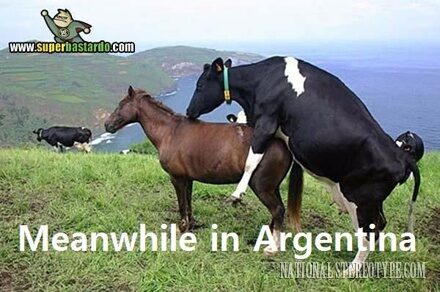 In Argentina everyone loves beef
In Argentina everyone loves beef
2. Asado
Argentina has its own, world-famous type of barbeque, known as asado. Asado combines the dry heat of grilling with the humid, slow-cooking method of smoking. The result is grilled, barbequed meat that is very tender and juicy. Many foods Americans consider to be Mexican actually originated in Argentina, including chorizo, empanadas, and Dulce de Leche. Finnally, chimichurri sauce (made of olive oil mixed with parsley, oregano, paprika, garlic, onion, pepper, and salt) is actually an Argentine creation, and is traditionally served with an asado barbeque.
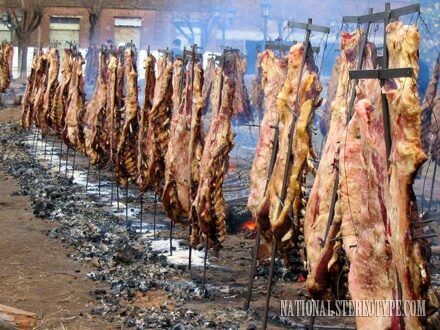 The Argentinian cooking meat, is the spit or grilled, with the sheer heat of the coals, without smoke or toxic fumes. It’s all a technic.
The Argentinian cooking meat, is the spit or grilled, with the sheer heat of the coals, without smoke or toxic fumes. It’s all a technic.
3. Wine
Argentinean wine has become increasingly popular worldwide over the last twenty years. Argentina is the fifth largest producer of wine in the world, and has long been the single biggest producer outside of Europe. The province of Mendoza, Argentina’s primary wine producing region, is considered one of the eight wine capitals in the world. Argentinean wine also reflects Argentina’s diverse ethnic background. The grapes cultivated for wine in Argentina come from Spain, France, and Italy, among others places.
Due to the high altitude and low humidity of the prime Argentinean vineyards in the foothills of the Andes mountains, Argentinean grapevines rarely suffer the problems of insects, molds, fungi, and other grape vine diseases. Consequently, Argentinean vintners rarely use pesticides or herbicides, making Argentinean wine naturally organic and flavorful. Argentina is credited with the finest Malbec wine in the world.
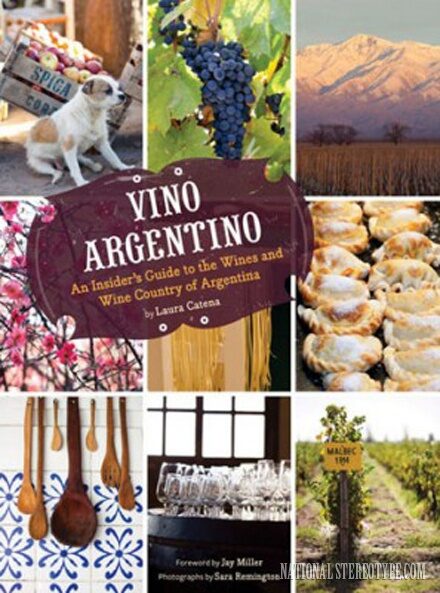 Cover of Vino Argentino, a new book about the Argentine wine industry by Laura Catena.
Cover of Vino Argentino, a new book about the Argentine wine industry by Laura Catena.
4. The Tango
Almost everyone has heard of this slow, sensual ballroom dance, but many don’t realize it originated in Argentina. Specifically, it evolved in the ports, bars and brothels of Buenos Aires (the capital of Argentina) in the late 19th century. Buenos Aires was a city of immigrants at the time, and the Tango, both the dance and the music, was a fusion of musical styles from Spain, Cube, Africa, Italy, Eastern Europe, and indigenous Argentinean folk music.
This slow, sorrowful, and sexual music and dance spread from the working class slums to the rest of Argentinean society by the turn of the 20th century. In the 1920s, it exploded on the international scene and became wildly popular in Europe and the United States. Like Jazz, the Tango craze flourished until displaced by Rock & Roll in the 1950. In 2009, UNESCO declared the Tango to be part of the world’s “intangible cultural heritage.”
Violin, piano, guitar, flute and bandoneon, sometimes guitar and clarinet
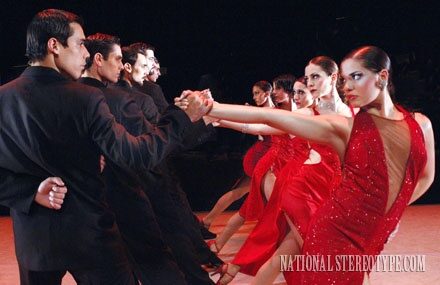 Argentians only can dance Tango
Argentians only can dance Tango
5. Evita
For the average person, the first thing they associate with Argentia is the stage and movie musical “Evita,” a rags-to-riches story about Eva Perón. Eva, nicknamed “Evita” by an adoring public, was the wife of the popular Argentinean President Juan Perón, who ruled Argentina in the 1940s and 50s. Evita’s massive popularity among Argentineans came from the charity foundation she set up to assist the poor and working classes. She also advocated women’s right. The story of Evita hit new levels of popularity in the 1990s, when a movie version of the musical was released starring Madonna in the lead role of Eva Perón.
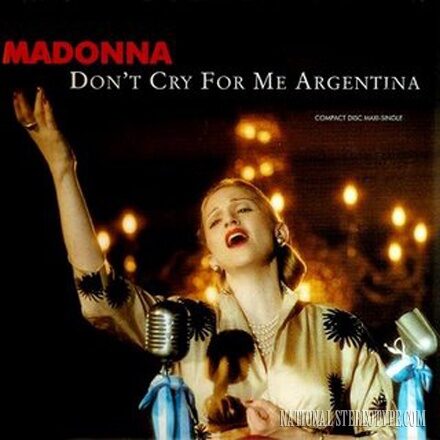 Don’t Cry for me Argentina
Don’t Cry for me Argentina

